Want to upgrade your camera from full frame to medium format? Here's how
Medium format digital cameras are now within reach, but there's still a lot to think about before upgrading
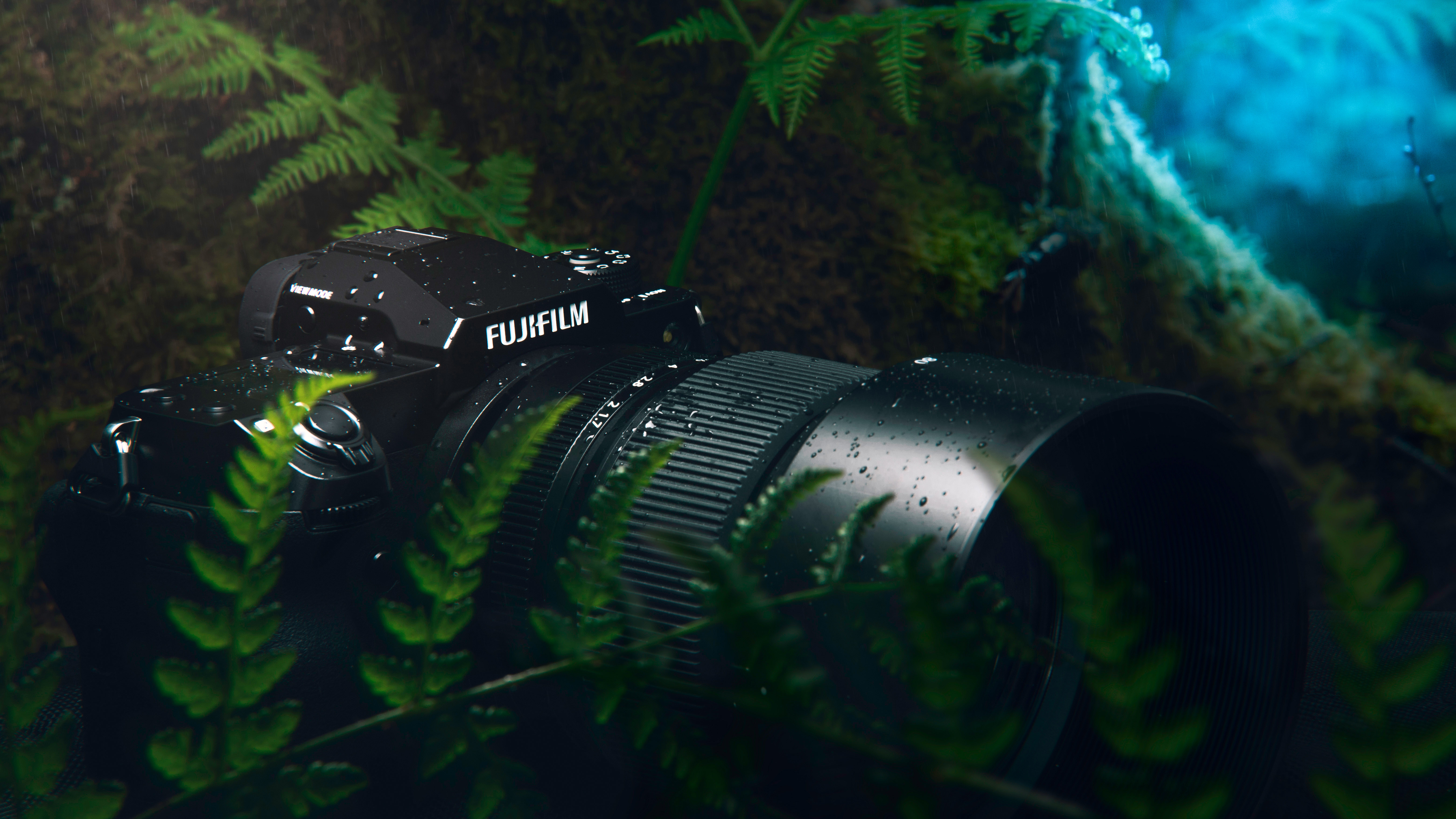
Travel back ten years or more and medium format cameras were the gold at the end of the rainbow for many photographers. Big, high resolution and prohibitively expensive to all the but the most successful working shooters, names like Hasselblad and Phase One were synonymous with high end fashion and magazine photography.
A medium format camera body, digital back and a set of quality proprietary lenses would easily set you back between thirty and forty thousand pounds, so you had to be certain the benefits they offered were essential for your business. At the time, though, the large sensor was the only way to access pixel counts north of 30MP, so for advertising photography purposes, there really was no competition.
Things are different today, however, and not only are medium format cameras far more portable and accessibly priced, but there are other, more mainstream options on the market. The likes of the Sony A7R IV, Canon EOS R5, and Nikon Z7 II mirrorless cameras have brought ultra high resolution photography to the Full Frame playground. Indeed some of these options actually exceed the resolution of Medium Format offerings, so it is clear to see that the once untouchable system has its work cut out, to stay at the top.
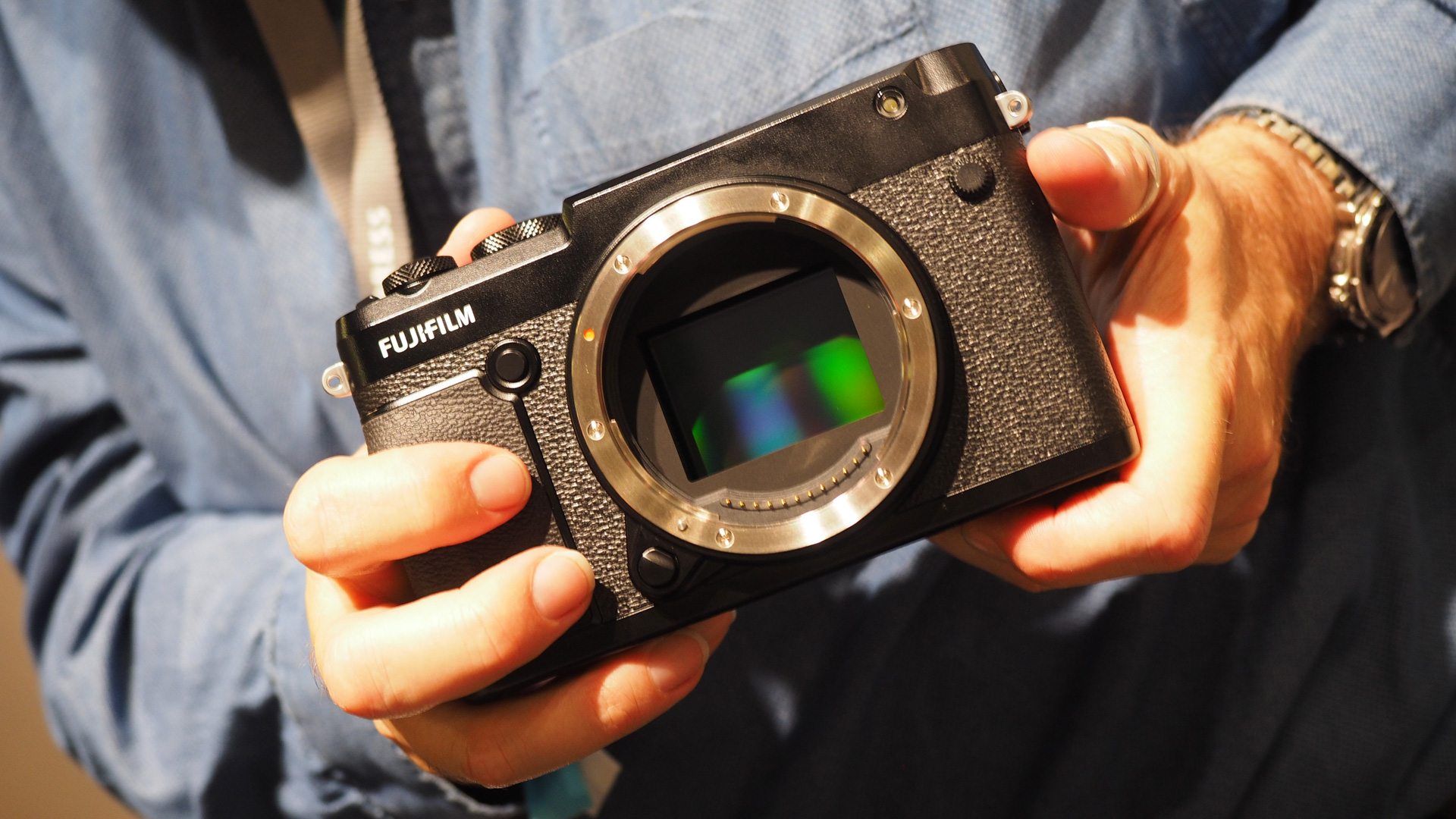
Medium Format comes in various shapes and sizes. The likes of the Hasselblad H6D-400c MS follow a modular concept with interchangeable sensor units (Backs) and viewfinders and offer the greatest sensor sizes and resolutions, at a premium price. Compact Medium Format, like the Fujifilm GFX Series, use slightly smaller sensors, but provide near DSLR style operation.
As we’ve already seen though, pixels aren’t everything, and if you really want a medium format model, there are some excellent options out there. The Fujifilm GFX System for example, has worked from the other direction and brought Full Frame portability to the MF market. Its range of mirrorless cameras are no heavier than a pro DSLR and come in at a similar price.
Of course for every advantage there is a potential disadvantage. While some medium format cameras are filling the space previously occupied by flagship full frame SLR models, such as Nikon’s single digital (D3, D4, D5, D6) range and Canon’s 1D series (EOS 1D and 1Ds Mark I, II, III etc), there are significant differences in the marketing of the two formats. Let’s take a look.
Medium format pros and cons
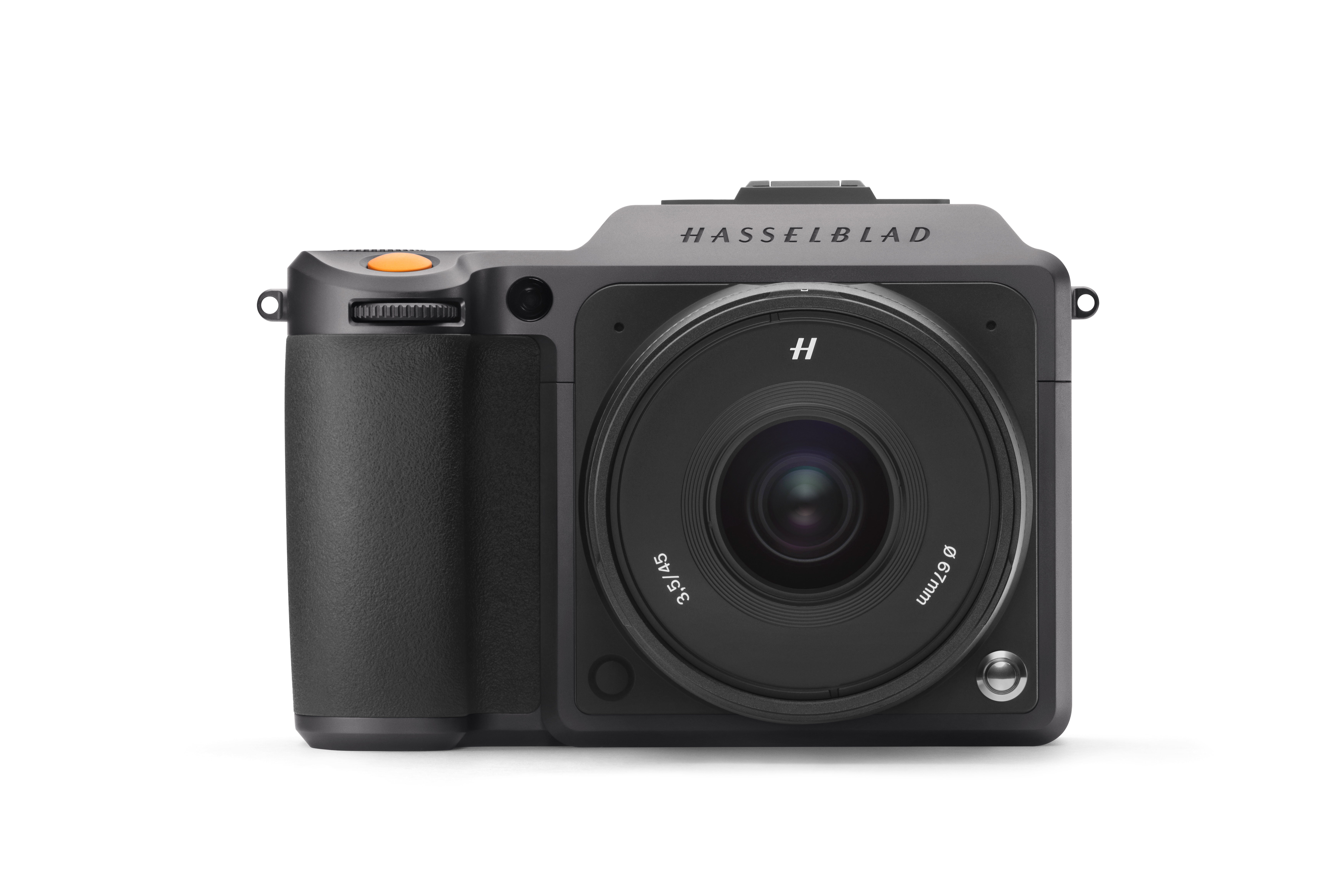
What makes medium format unique
Images shot on medium format have signature aspects, notably creamy shallow depth-of-field, which is perfect for portraits. This now extends to video, with many MF cameras offering motion capture.
Medium format resolution
Bigger sensors mean more space for pixels. Currently the largest full frame resolutions are between 50 and 60MP, while medium format offers 100MP and more, providing vast amounts of image data.
Get the Digital Camera World Newsletter
The best camera deals, reviews, product advice, and unmissable photography news, direct to your inbox!
Medium format noise and dynamic range
The size of the photosites are also greater on medium format sensors, allowing greater light capture and slower photon saturation. This means a greater signal to noise ratio and wider dynamic ranges, despite resolution. Having said that, the same arguments apply as when upgrading from APS-C to full frame – with a medium format camera of the same resolution as a full frame model, you can expect lower noise and high dynamic range, OR higher resolution with the same noise and dynamic range.

Medium format cameras are slower
With greater data capture comes slower in-camera processing. It can take longer for images to be written to the card and continuous shooting frame rates are lower than those of full frame or APS-C mirrorless cameras.
Medium format offers shallower focus
Often cited as an advantage, this can also be a hindrance. When you need deep depth of field, it’s necessary to stop down to at least f/16 and carefully monitor background sharpness. Objects only millimeters apart can exhibit differential focusing.
Higher resolution images need more computing power
The step up in image data can be overwhelming at first and may require investment in higher spec computers for image editing. Larger capacity storage options will also be necessary.
Upgrade examples
Medium Format is likely not for everyone, but for landscape and portrait photographers these cameras can still offer a unique prospect. Here we examine a full frame mirrorless camera which has a representative specification for working professionals and a potential upgrade step.
Sony A7R IV
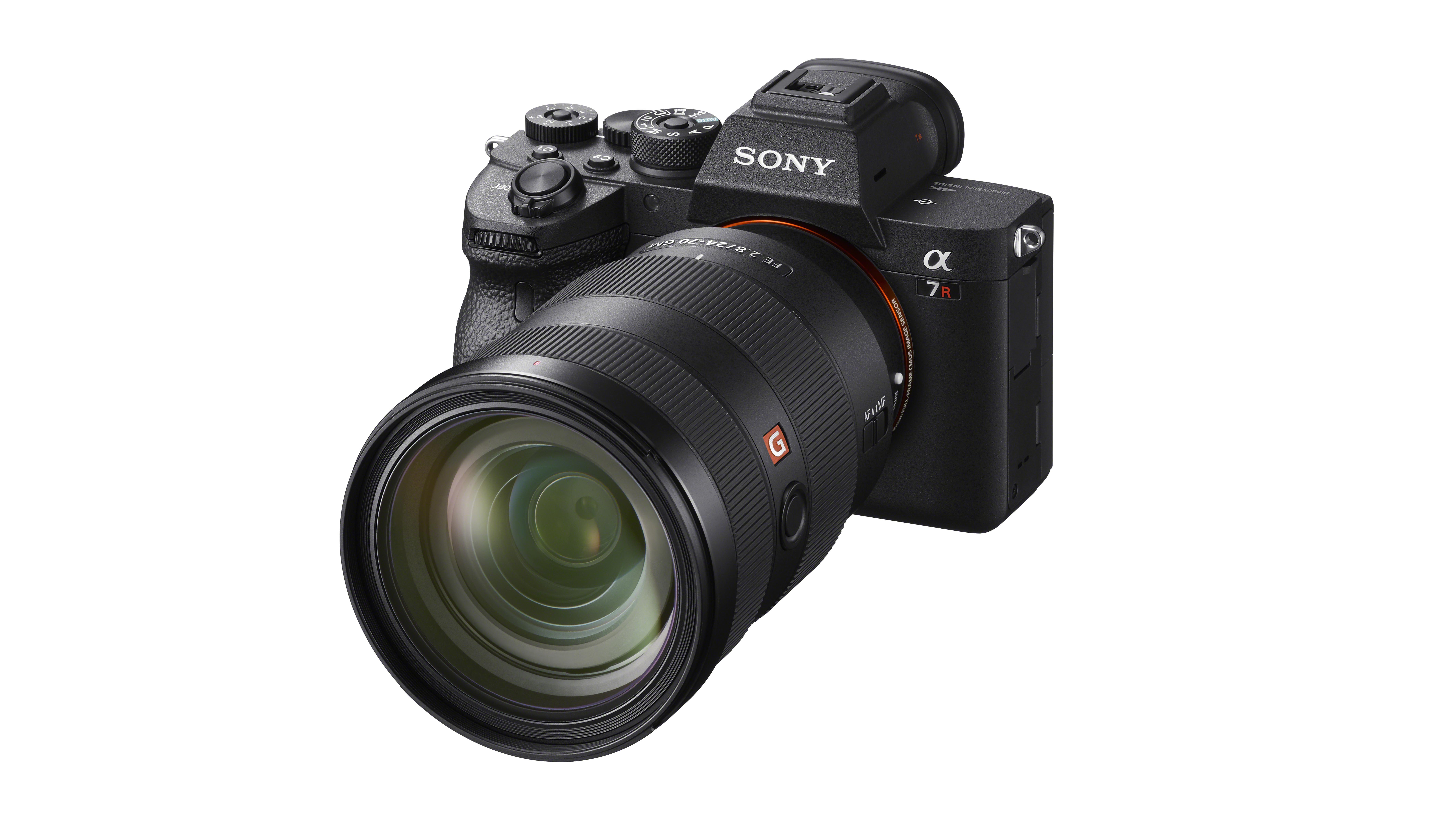
The A7R IV is one of Sony’s leading pro mirrorless cameras and has a high resolution 61MP full frame sensor. This rivals or even beats medium format for megapixels, but this camera also features 10fps shooting, 4K video and a lightweight (665g) but solid build quality. It will be a camera of choice for studio and event shooters.
Fujifilm GFX100s
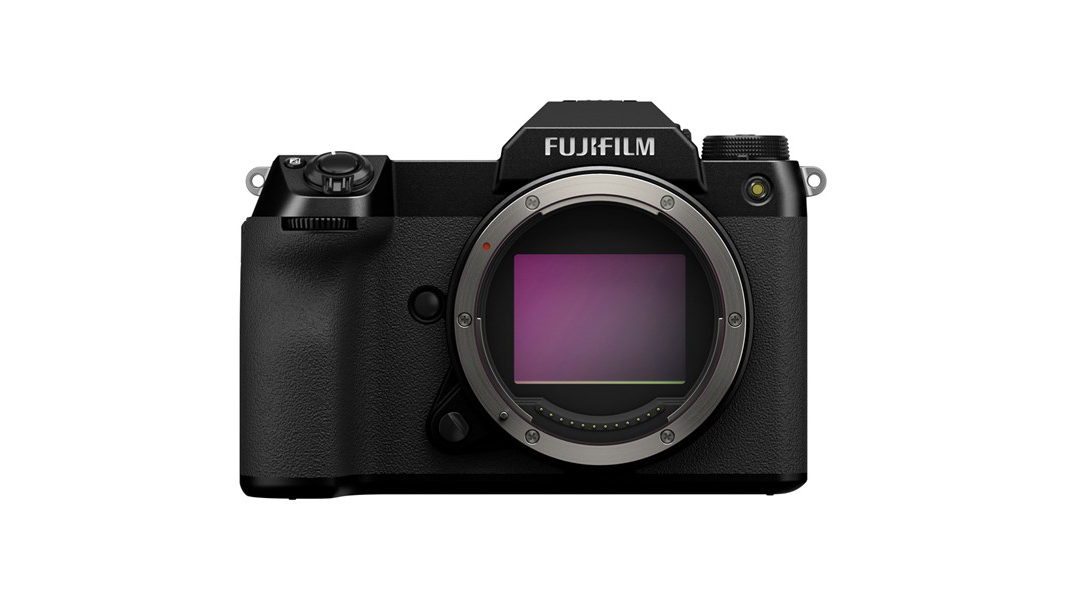
With a price tag smaller than some Full Frame DSLRs, the GFX100s offers handling similar to those cameras and has a compact design to rival the Sony for portability. However it features a 102MP medium format sensor, which provides significantly more detail and cropping capability. Build is on a par with the Sony and the Fujifilm also retains 4K video with F-Log, while only gaining 235g of weight.
Similar upgrade cameras to consider: Fujifilm GFX 50R, Hasselblad X1D II 50C
Read more:
• Fujifilm GFX 100S review
• What is the medium format camera "look" – and does it even matter?
Digital Photographer is the ultimate monthly photography magazine for enthusiasts and pros in today’s digital marketplace.
Every issue readers are treated to interviews with leading expert photographers, cutting-edge imagery, practical shooting advice and the very latest high-end digital news and equipment reviews. The team includes seasoned journalists and passionate photographers such as the Editor Peter Fenech, who are well positioned to bring you authoritative reviews and tutorials on cameras, lenses, lighting, gimbals and more.
Whether you’re a part-time amateur or a full-time pro, Digital Photographer aims to challenge, motivate and inspire you to take your best shot and get the most out of your kit, whether you’re a hobbyist or a seasoned shooter.

